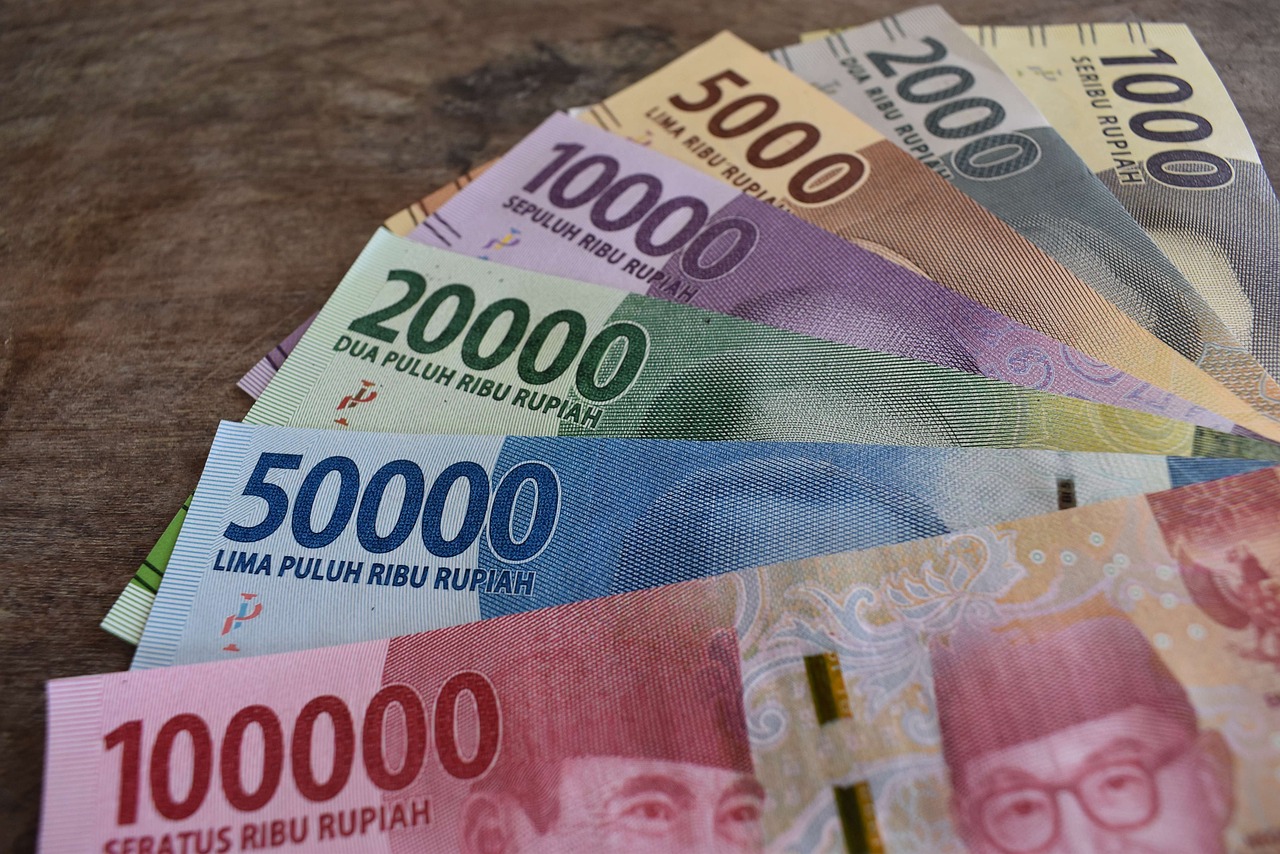USD/ZAR Exchange Rate: Key Factors, Trends, and Investment Strategies
GPT_Global - 2025-11-02 23:00:59.0 99
How often does the USD to ZAR exchange rate change?
When sending money internationally, understanding currency exchange rates is crucial. One common query among remittance customers is how often the USD to ZAR (US Dollar to South African Rand) exchange rate changes. The short answer is that exchange rates fluctuate frequently, often multiple times a day, influenced by a variety of factors.
Key drivers of these changes include economic reports, global market trends, political events, and shifts in supply and demand. The USD to ZAR exchange rate can experience significant movements during trading hours due to these factors, which can affect the value of your remittance transfer.
For businesses in the remittance industry, staying updated on these changes is essential. Understanding the timing of exchange rate shifts can help you offer competitive rates to your customers. Many remittance providers use real-time data to adjust their rates, ensuring that customers get the best possible deal based on current market conditions.
To minimize the impact of fluctuating exchange rates, customers should consider transferring funds when the rate is favorable or explore tools like rate alerts, which notify users when the exchange rate reaches a desired level.

How do the oil prices influence the USD/ZAR exchange rate?
The relationship between oil prices and the USD/ZAR exchange rate is crucial for remittance businesses, especially for those operating between the United States and South Africa. Oil is a significant global commodity, and fluctuations in its price can have a direct impact on currency values, including the South African Rand (ZAR).
When oil prices rise, South Africa's trade balance can worsen as the country imports most of its oil. This leads to a weaker Rand, making it more expensive to send money from the United States to South Africa. Conversely, when oil prices fall, the Rand often strengthens, making remittances more affordable for recipients in South Africa.
For remittance businesses, understanding this dynamic is essential to offering competitive exchange rates and better services. By staying informed about oil price trends, businesses can help their customers navigate fluctuations in the USD/ZAR exchange rate, ensuring their transfers are cost-effective.
Ultimately, monitoring the oil market is just one aspect of managing international remittance transactions, but it remains a key factor in how currency values fluctuate and impact customers' financial decisions.
What are the historical highs and lows for the USD to ZAR rate?
The USD to ZAR exchange rate has seen dramatic shifts over the decades, reflecting South Africa’s evolving economy and global financial trends. Historically, the South African Rand (ZAR) was one of the stronger emerging market currencies during the early 1980s, when one USD could buy less than 1 Rand. However, economic sanctions, political uncertainty, and inflation weakened the Rand over time, pushing the rate much higher.
The historical low for the Rand came during periods of political instability and global financial crises. In April 2020, amid the COVID-19 pandemic and global market turmoil, the USD/ZAR rate reached a record high of around 19.35. This marked one of the weakest moments for the Rand against the US dollar, driven by investor flight to safe-haven currencies.
Understanding these historical highs and lows is crucial for anyone sending money to South Africa. Remittance businesses can help customers take advantage of favorable exchange rates and minimize transfer costs. By tracking USD/ZAR movements and using secure, low-fee remittance platforms, senders can ensure more of their hard-earned money reaches loved ones efficiently and reliably.
How does the USD to ZAR exchange rate compare to other major currencies like the Euro or Pound?
The exchange rate between the US Dollar (USD) and the South African Rand (ZAR) plays a significant role in international remittances. As the USD is a dominant global currency, its value against the ZAR is a crucial factor for people sending or receiving money across borders. Generally, the USD tends to be stronger than the ZAR, which can result in more favorable exchange rates for remittance senders who convert USD to ZAR.
When comparing the USD/ZAR exchange rate with other major currencies like the Euro (EUR) or the British Pound (GBP), both the Euro and Pound often hold more value against the ZAR. This means that remittance recipients in South Africa could receive higher amounts when the money is sent in Euros or Pounds, rather than USD. However, exchange rates fluctuate daily, so it’s essential for remittance businesses to keep track of market changes to offer the best deals.
Understanding these fluctuations and comparing exchange rates is vital for individuals or businesses that regularly send or receive international payments. To get the best value, partnering with a reliable remittance service that offers competitive exchange rates is crucial for minimizing fees and maximizing the amount received.
About Panda Remit
Panda Remit is committed to providing global users with more convenient, safe, reliable, and affordable online cross-border remittance services。
International remittance services from more than 30 countries/regions around the world are now available: including Japan, Hong Kong, Europe, the United States, Australia, and other markets, and are recognized and trusted by millions of users around the world.
Visit Panda Remit Official Website or Download PandaRemit App, to learn more about remittance info.



